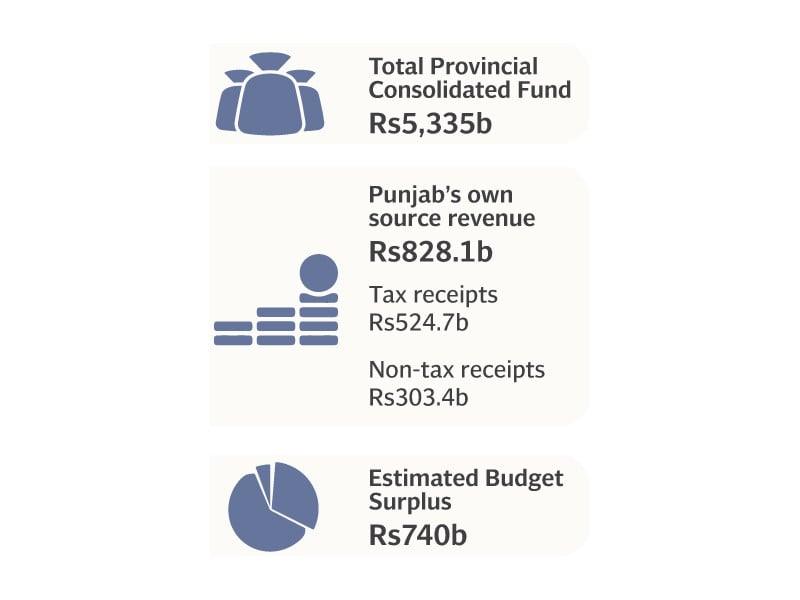Lahore:
Punjab’s total debt portfolio increased by RS25 billion in the 2024–25 financial year, reflecting an increase of 1.5 percent year by year, according to official budget documents released Monday.
At the end of the current month, the province’s total debt will reach RS1.710 billion, up from RS1,685 billion in June 2024.
While external debt rose by RS26 billion during the year, domestic debt fell from RS1.7 billion to RS1.29 billion, marking a 22.5 %decrease. In dollar, Punjab’s external debt is approx. 6.1 billion dollars. Most of this debt comes from concessions, long -term loans expanded in foreign currency with multilateral and bilateral lenders.
These include the World Bank, Asian Development Bank (ADB), Japan International Cooperation Agency (JICA) and International Fund for Agricultural Development (IFAD) as well as bilateral partners such as China, Japan and France. Although these loans have been made by the federal government, they are paid to Punjab to support development initiatives.
The budget report divides external debt into the broad categories of project loans that finance long -term public infrastructure and program loans that offer budget support tied to political reforms or targeted expenses. From June 2025, Punjab owes $ 4.81 billion to multilateral lenders and $ 1.29 billion for bilateral sources.
The external debt portfolio is largely denominated in US dollars (68%), followed by special drawing rights (SDRs) to 23%, Japanese Yen of 5%and other currencies that make up the remaining 4%.
Sectoral absorbed agriculture, irrigation and livestock The largest proportion of debt -funded investments accounting for 24% of the total outstanding loans. This was followed by the transport and communication sector with 20%, education with 19%and urban and community development by 17%. Management -related borrowing accounted for 11%, health 5%, energy 2%, tourism 1%and industries and infrastructure another 1%.
Officials said, despite the increase in the total debt portfolio, that the province maintains a low debt-to-GSDP relationship and is predominantly dependent on the concessional borrowing for developmental priorities.



